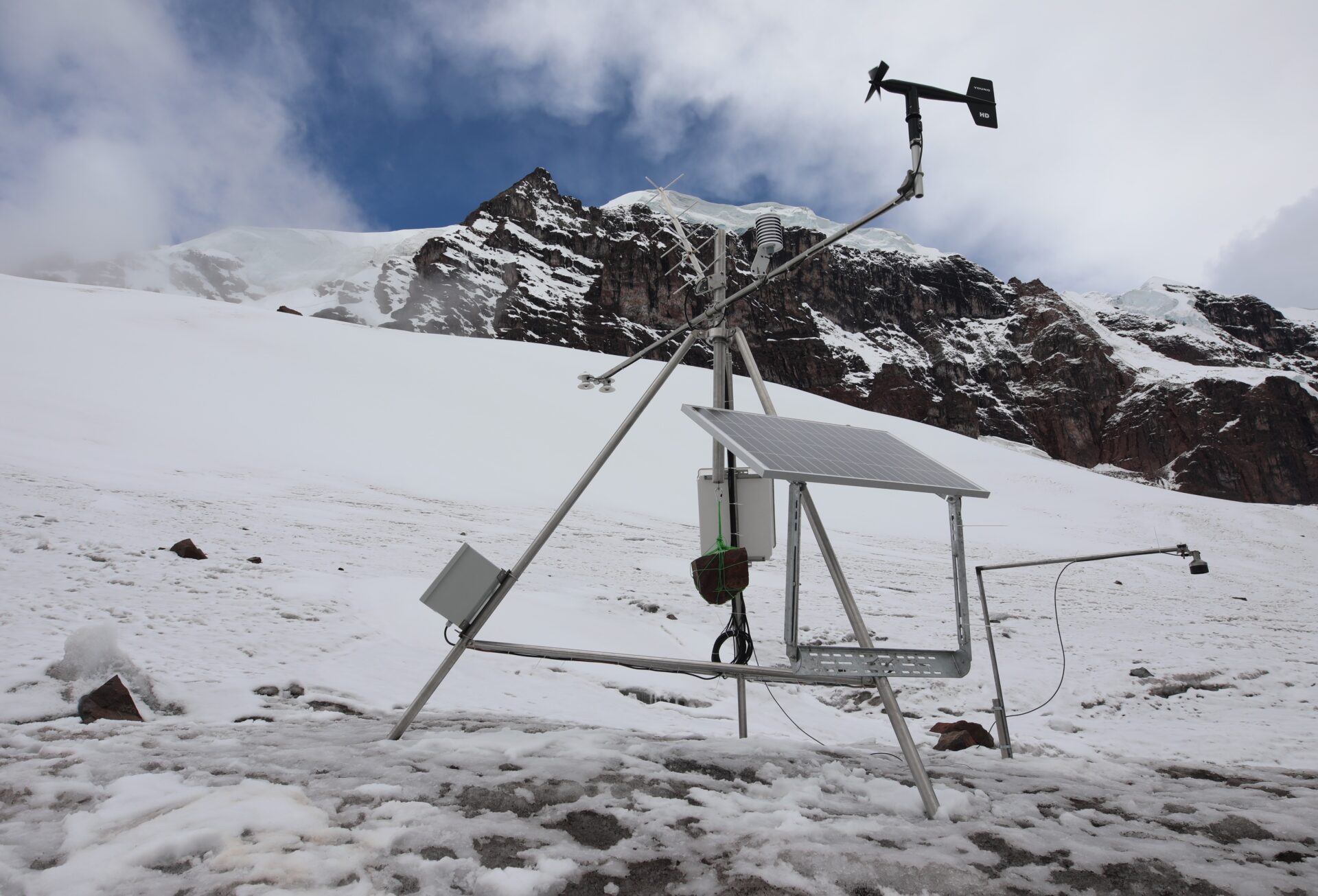Index
Topics
Amazon Regional Observatory (ORA), Climate Change, Cuenca Amazónica, Early Warning Systems (EWS), Hydroclimatic Vulnerability Atlas, Integrated Water Resource Management (IWRM), Regional Water Resources Platform, Strategic Actions Program (SAP), Transboundary Diagnostic Analysis (TDA)
Share
The border region between Bolivia, Brazil, and Peru, in the southwest of the Amazon, harbors an extensive area of preserved forests and immense ethnocultural diversity. Known as MAP for being formed by the departments of Madre de Dios (Peru) and Pando (Bolivia), in addition to the state of Acre (Brazil), the region has presented in recent decades a new scenario in terms of risks and natural disasters. In less than 30 years, seven extreme phenomena have occurred, with the most intense floods being those of 1997, 2012, 2015, and 2021 and the drought of 2017, which caused significant social and economic losses.
According to the Transboundary Regional Diagnostic Analysis of the Amazon Basin (OTCA/UNEP/GEF), the construction of megaprojects for the integration of regional infrastructure, driven by the export of natural resources, minerals, and oil, as well as the expansion of agriculture and deforestation are among the causes of the most frequent extreme phenomena in the MAP Region, such as droughts and floods. These factors are exacerbated by climate change and the El Niño phenomenon.
The socioeconomic and environmental impacts of extreme events, such as loss of human lives, biodiversity, and farmland, require risk reduction strategies to increase the resilience and reduce the vulnerability of communities and ecosystems.
In this sense, the MAP Region has experience in climate change adaptation with the implementation of the Trinational Early Warning System (EWS) and the information provided by the Atlas of Hydroclimatic Vulnerability of the Amazon, both carried out under the GEF Amazonas Project: Water Resources and Climate Change, executed in the years 2011-2018 by the Amazon Cooperation Treaty Organization (ACTO), with the support of the United Nations Environment Programme (UNEP) and funding from the Global Environment Facility (GEF).
Since then, the trinational EWS has supported decision-making and increased the response capacity of the civil defenses of the three countries to climatic extremes in this border region. Thanks in part to this early warning system and its integrated communication systems, in 2015, faced with the largest flood in its history, the state of Acre was able to relocate communities living in risk areas without loss of lives.
The Trinational Intervention
To expand the scope of the trinational EWS and strengthen the actions already being carried out by the governments of Bolivia, Brazil, and Peru regarding the prediction and reduction of flood disaster risks within the framework of their National Disaster Risk Management Systems in the region, the intervention “Integrating Borders: Early Warning System in the Madera, Alto Purús, and Alto Juruá River Basins” is being implemented within the framework of the Amazon Basin Project (ACTO/UNEP/GEF).
The project aims to consolidate an Integrated Trinational Forecast and Early Warning System in the Madera, Alto Purús, and Alto Juruá River Basins, covering 54,463,000 hectares and benefiting a total of 28 municipalities in the region, of which eight directly and 20 indirectly. Based on a meteorological and hydrological monitoring system that provides information on weather conditions, river levels, flood risks, and droughts, the trinational EWS is expected to provide greater security to 1.6 million people in the region against extreme phenomena.
The trinational intervention will also facilitate the exchange of information and interoperability of national systems to the Regional Water Resources Platform within the framework of the Amazon Regional Observatory – ARO, the ACTO’s online reference center for regional scientific and technological information.
Implementation Strategies
On November 14, 2023, the Trinational Technical Group (GT3), made up of representatives of the national organizations that operationalize the National Early Warning Systems (Civil Defense, National Hydrology and Meteorology Services, and Water Agencies) of Bolivia, Brazil, and Peru, and the Ministries of Foreign Affairs of Bolivia and Peru, met to discuss the Work Plan for organizing the Trinational Initial Workshop. This event aims to bring together relevant local actors in the EWS of the Region to prepare a common agenda for the implementation of the trinational intervention.
It was decided that the workshop would be preceded by face-to-face meetings to mobilize municipal actors, supramunicipal entities, and indigenous and peasant organizations. Universities and scientific institutions in the region will also be mobilized.
The participation and commitment of the involved municipalities and selected local communities play a prominent role in this trinational intervention, elaborated under a comprehensive and collaborative approach to the cross-border region. The experience of the GEF Amazonas Project (ACTO/UNEP/GEF) showed that the involvement and support of local professionals, community leaders, civil society organizations, as well as members of regional scientific and university bodies, who were then gathered in the movement known as the MAP Initiative, were essential for the success of the planned actions for the EWS implementation.
Building Community Resilience
The establishment of Early Warning Systems (EWS) in the Amazon region integrates the Component dedicated to climate change adaptation of the Amazon Basin Project – Implementation of the Strategic Actions Program to Ensure the Integrated and Sustainable Management of Transboundary Water Resources of the Amazon River Basin considering Variability and Climate Change. This component foresees national, binational, and trinational interventions that promote the resilience of Amazonian communities and aquatic ecosystems to adapt to droughts, floods, and sea-level rise.
Based on the experiences of Bolivia, Brazil, Peru, and Venezuela in responding to extreme events, the Amazon Basin Project is implementing three Early Warning Systems in the region. In addition to the trinational EWS in the Madera, Alto Purús, and Alto Juruá river basins, EWSs are planned for the Mantaro river basin in Peru and the Casiquiare – Río Negro basin in Venezuela.
The Amazon Basin Project is implemented in the eight Member Countries of the OTCA – Bolivia, Brazil, Colombia, Ecuador, Guyana, Peru, Suriname, and Venezuela, with a focus on institutional strengthening actions for water governance at the regional and national levels; adaptation to climate change; regional monitoring of water resources and ecosystems; and monitoring of the implementation of the PAE. Through the Project, specific environmental and socio-economic benefits are estimated to be achieved, thus contributing to the Sustainable Development Goals (SDGs).
Related news
Post
28 de November de 2025
Water is the central element through which most of the impacts of climate change manifest themselves: more intense droughts, extreme [...]
Post
27 de November de 2025
Four glaciological, meteorological, and hydrometric monitoring stations have been installed in the Vilcanota and Carabaya mountain ranges in southern Peru [...]
Post
24 de November de 2025
On October 23 and 24, 2025, the Third Meeting of the Ad Hoc Amazon Water Culture Group (GCA) was held [...]







